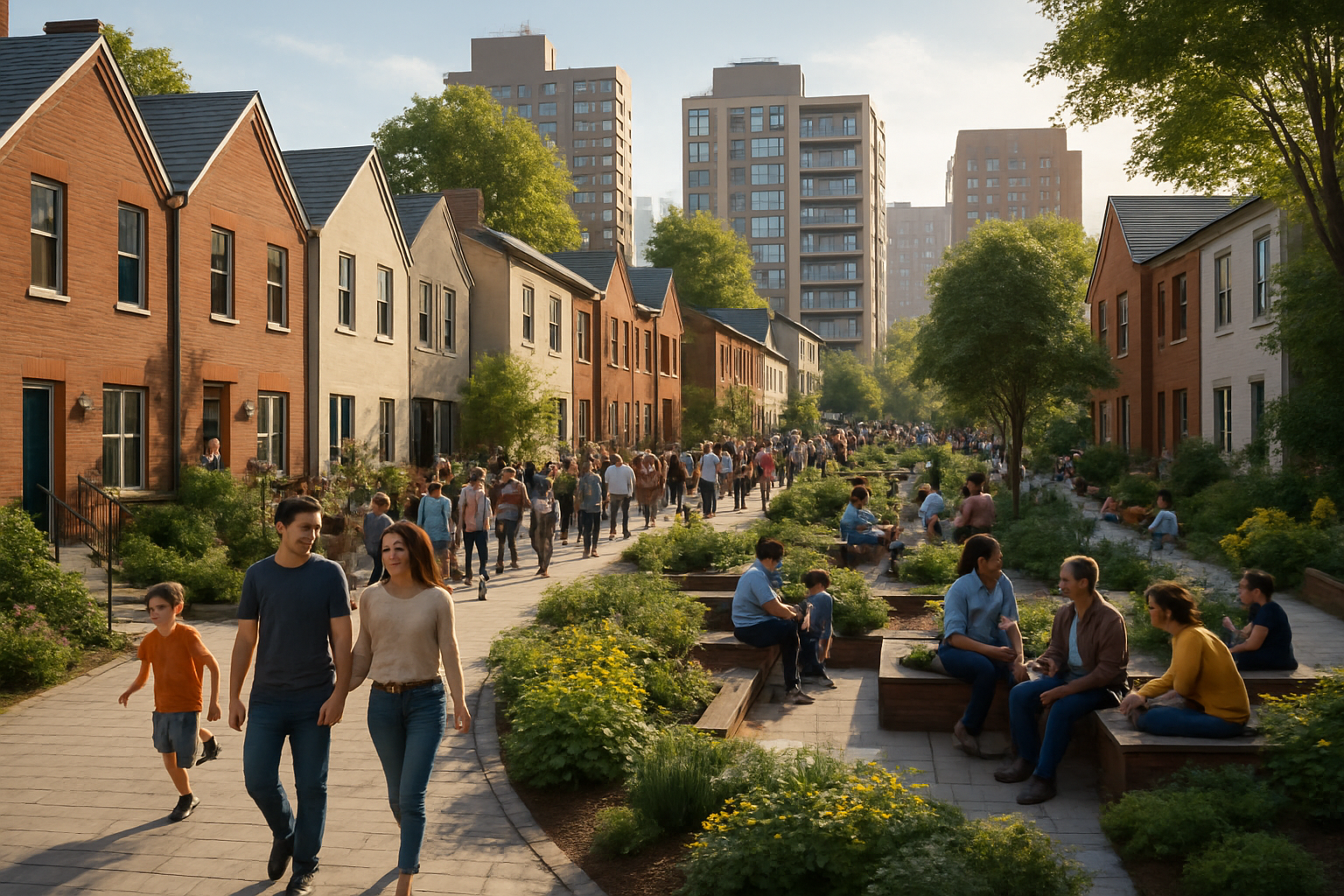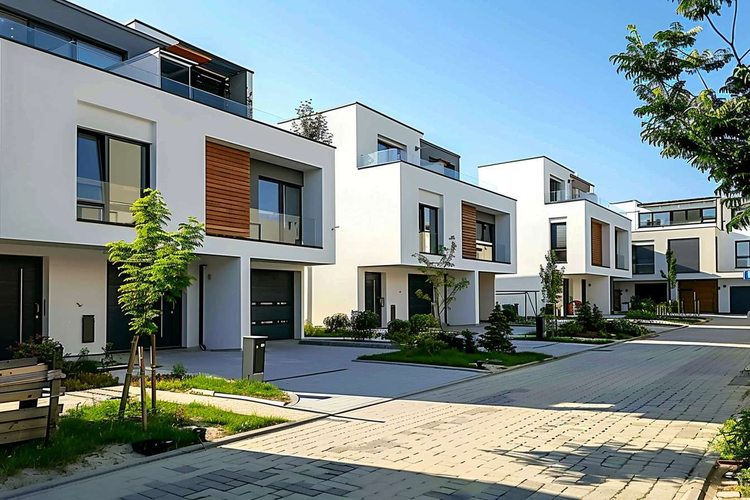Micro-Neighborhoods: The New Face of Urban Community
Discover the rising trend of micro-neighborhoods reshaping urban landscapes and redefining community connections. These hyper-local pockets within cities are challenging traditional urban planning and fostering unique social dynamics. Read below to explore how these intimate urban spaces are transforming city life and influencing social interactions in the 21st century.

Unlike traditional suburban developments or large urban districts, micro-neighborhoods prioritize human-scale design and pedestrian-friendly environments. They often feature a mix of housing types, from small single-family homes to townhouses and low-rise apartments, arranged to encourage interaction among neighbors. Common areas such as courtyards, community gardens, or shared amenities serve as focal points for social gatherings and daily encounters, reinforcing a sense of belonging and collective identity.
The Sociological Impact of Micro-Scale Living
The rise of micro-neighborhoods reflects a broader societal shift towards more intentional and connected forms of urban living. As cities grapple with issues of loneliness, social fragmentation, and the erosion of community ties, these intimate residential enclaves offer a potential antidote. Sociologists have observed that the physical design and social structure of micro-neighborhoods can significantly influence residents behavior and attitudes, promoting higher levels of social interaction and mutual support.
Research has shown that residents of micro-neighborhoods often report stronger social bonds, increased feelings of safety, and a greater sense of place attachment compared to those living in more conventional urban or suburban settings. The physical proximity and shared spaces inherent in these developments naturally facilitate casual encounters and spontaneous interactions, laying the groundwork for deeper social connections over time.
Redefining Urban Identity and Belonging
Micro-neighborhoods challenge traditional notions of urban identity and belonging by creating distinct, hyper-local communities within the larger urban fabric. These small-scale enclaves often develop their own unique character, customs, and social norms, fostering a strong sense of collective identity among residents. This localized identity can serve as a powerful counterpoint to the anonymity and rootlessness often associated with city living.
The intimate scale of micro-neighborhoods also allows for greater resident participation in shaping their immediate environment. Many of these communities incorporate elements of co-housing or intentional communities, with residents actively involved in decision-making processes and shared responsibilities. This level of engagement can lead to a deeper sense of ownership and investment in the community, further strengthening social bonds and fostering a culture of mutual care and support.
Challenges and Criticisms of the Micro-Neighborhood Model
While micro-neighborhoods offer many potential benefits, they are not without their critics and challenges. One significant concern is the risk of creating isolated enclaves that may exacerbate social segregation and reinforce existing inequalities. The often higher costs associated with these carefully designed communities can make them inaccessible to lower-income residents, potentially leading to exclusive or homogeneous neighborhoods.
Additionally, the inward-facing nature of some micro-neighborhoods has raised questions about their integration with the broader urban context. Critics argue that an overemphasis on internal community building may come at the expense of engagement with the wider city, potentially creating insular bubbles disconnected from the diverse tapestry of urban life.
Balancing the desire for intimate, close-knit communities with the need for diversity, inclusivity, and broader urban connectivity remains a key challenge for planners and developers pursuing the micro-neighborhood model.
The Future of Urban Community Design
As cities continue to evolve and adapt to changing social, economic, and environmental pressures, micro-neighborhoods represent an intriguing model for reimagining urban community life. The principles underlying these developments - human-scale design, prioritization of social interaction, and a focus on shared spaces - offer valuable insights for creating more livable and socially cohesive urban environments.
Looking ahead, the micro-neighborhood concept is likely to influence urban planning and development in various ways. We may see a hybridization of these ideas with other urban trends, such as mixed-use developments, transit-oriented communities, or eco-districts. The challenge will be to scale up the intimacy and social benefits of micro-neighborhoods while ensuring they remain inclusive, diverse, and well-integrated into the broader urban fabric.
As society grapples with issues of social isolation, sustainability, and the changing nature of work and home life, the micro-neighborhood model offers a compelling vision for fostering meaningful community connections in the modern city. While not a panacea for all urban challenges, these intimate urban villages provide valuable lessons in creating more human-centered, socially vibrant urban spaces for the 21st century and beyond.





